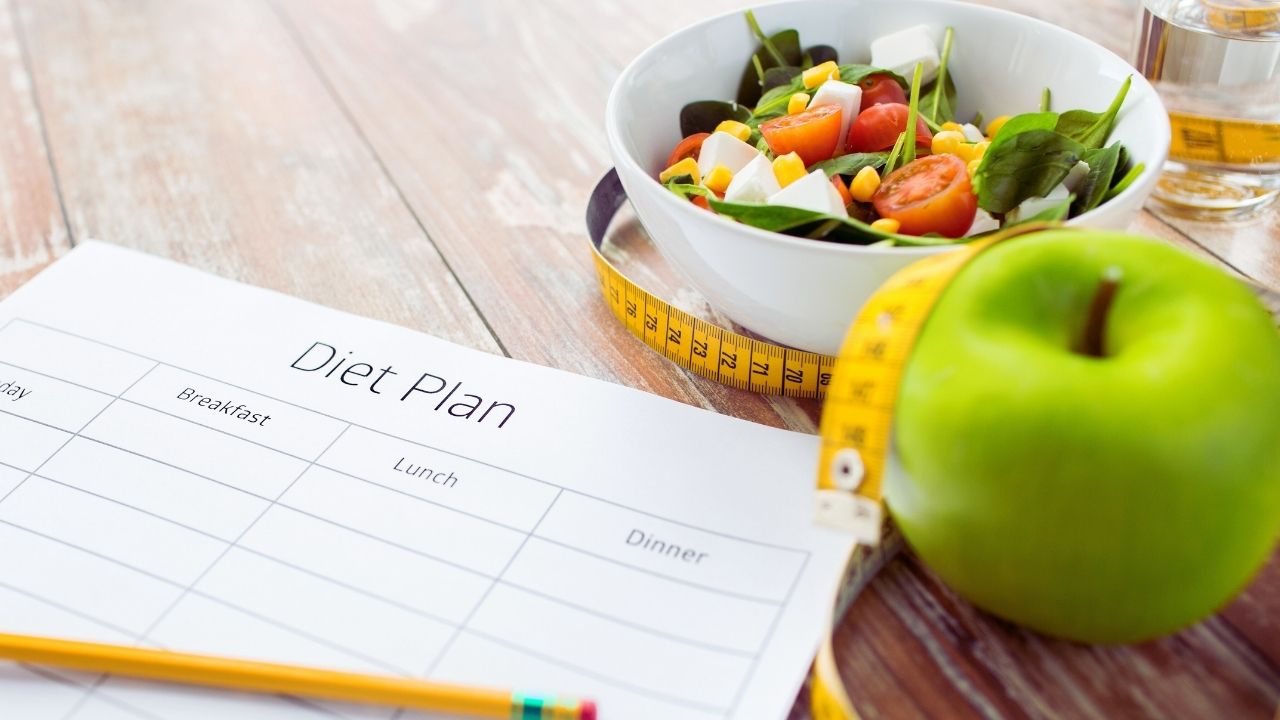Disclaimer: This article is for informational purposes only and not a substitute for personalized medical or dietetic advice. Always consult a qualified healthcare provider before making significant dietary changes.
Reverse Dieting: How to Safely Increase Calories Without Regaining Fat
For personal trainers, nutrition coaches, and dietitians,
one of the toughest phases of a client journey
begins after
a successful fat-loss program.
Rapid calorie jumps often trigger weight rebound,
metabolic slowdown, and frustration—undoing weeks of careful
work.
That’s where
reverse dieting
comes in.
This
strategic, gradual increase in calories helps the body
recover from a calorie deficit, restores energy, and
supports muscle growth while
minimizing fat gain.
It’s a high-interest
topic with growing U.S. search volume, making it a valuable
tool for both client results and your professional
visibility.

What Is Reverse Dieting?
Reverse dieting is a
gradual, structured increase in daily calories
after a fat-loss phase.
The goal is to help the body adapt to a higher energy
intake
without rapid fat regain.
During long or aggressive diets, metabolism adapts: resting
metabolic rate slows and NEAT (non-exercise activity)
drops.
This is why
jumping straight back to “normal eating” often causes fast
weight rebound.
Why Reverse Dieting Matters for Coaches and Nutritionists
🔥
Protects metabolic health
– Slowly raises calories so metabolic rate recovers.
💪
Improves training performance
– More carbs and protein support strength and
recovery.
🥗
Reduces binge risk
– Planned increases prevent the “post-diet free-for-all.”
When Reverse Dieting Works Best
Reverse dieting is ideal for clients who:
✅
12+ week fat-loss phase
at low calories.
😴
Low energy, cold hands/feet, or stalled progress
despite consistent training.
🏋️
Goal to maintain or build lean muscle
after a successful cut.
It’s not essential if a client is already near maintenance calories or hasn’t dieted aggressively.
Step-by-Step Reverse Dieting Protocol
1️⃣
Establish Baseline Calories
– Use the average
intake from the final 1–2 dieting weeks.
– Track weight consistently.
2️⃣
Add Calories Gradually
– Increase by
50–100 kcal per week, mostly from carbs and a bit of fat.
– Keep protein steady around
1.6–2.2 g/kg bodyweight.
3️⃣
Monitor Progress
– Weigh 3–4 times
per week and average it.
– Check waist and strength metrics.
– Hold calories steady if weight jumps more than 1% for
two consecutive weeks.
4️⃣
Transition to Maintenance
– Continue until
you reach estimated
TDEE (total daily energy expenditure)
or the client feels energetic and recovers well.
Common Mistakes to Avoid
⚠️
Raising calories too fast
– Leads to fat regain.
🛌
Ignoring lifestyle factors
– Stress and poor sleep can slow metabolic recovery.
📏
Failing to track accurately
– Eyeballing portions undermines data.
Example Reverse Diet: 1500 → 2200 Calories
| Week | Calories | Carbs (g) | Fat (g) | Protein (g) |
|---|---|---|---|---|
| 0 (end of cut) | 1500 | 120 | 40 | 140 |
| 1 | 1600 | 135 | 42 | 140 |
| 2 | 1700 | 150 | 45 | 140 |
| 3 | 1800 | 165 | 47 | 140 |
| … | … | … | … | … |
| Goal (maintenance) | 2200 | 230 | 55 | 140 |
Tools to Make It Easy
🦖
Foodzilla meal planning software
makes reverse dieting simple:
⚡ Auto-adjust meal plans as calorie targets rise.
📊 Track macronutrients and client feedback in one
place.
💾 Save
templates for future reverse dieting clients.
👉 Try Foodzilla free to build and track reverse dieting plans 10× faster.
Key Takeaways
🌱 Reverse dieting restores metabolism and energy after
long diets.
📈
Start small—just
50–100 kcal per week—and monitor closely.
🧩 Use professional tools like Foodzilla to simplify
tracking and client communication.
References
1. Hall KD. Metabolic Adaptations to Weight Loss. Obesity (Silver Spring). 2018 May;26(5):790-791. doi: 10.1002/oby.22189. Epub 2018 Apr 10. PMID: 29637734; PMCID: PMC6086582.
2. Chica-Latorre S, Buechel C, Pumpa K, et al. After the spotlight: Are evidence-based recommendations for refeeding post-contest energy restriction available for physique athletes? A scoping review. J Int Soc Sports Nutr. 2022;19(1):505-528. doi:10.1080/15502783.2022.2108333
3. Kim JY. Optimal diet strategies for weight loss and weight loss maintenance. J Obes Metab Syndr. 2021;30(1):20-31. doi:10.7570/jomes20065
4. USDA – Dietary Guidelines for Americans 2020-2025
Ready to level-up?
Create meal plans 10x faster, follow up with your clients through our mobile app, and never struggle with meal planning or recipe management again.